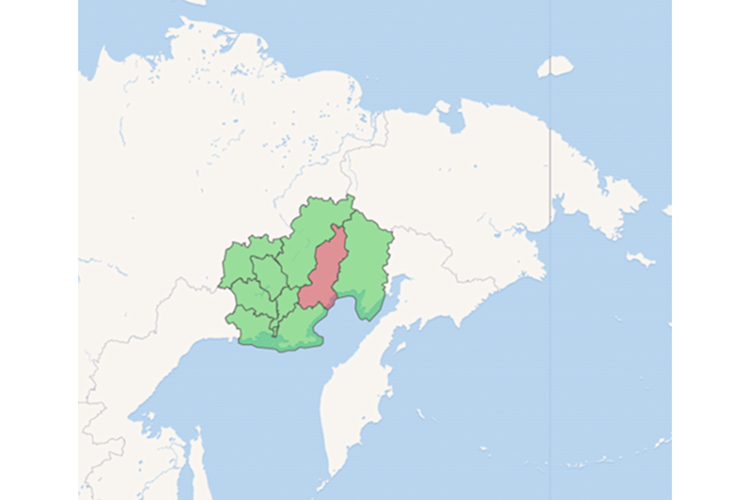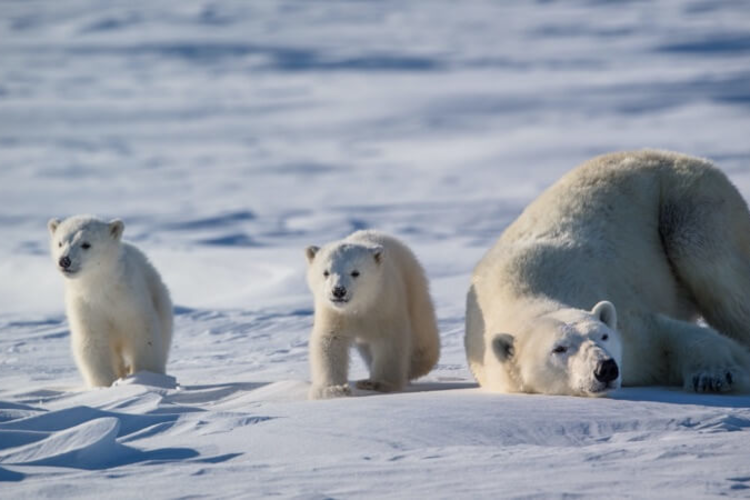An exhausted polar bear recently turned up in a village on Russia's far eastern Kamchatka Peninsula, far from its home range, part of a pattern of unusual occurrences in the region over the past several months. Our senior director of conservation and staff scientist, Geoff York, shares insights.
Polar bears do show up in unusual places from time to time, and there is concern that this is becoming more frequent as the Arctic warms and sea ice continues to melt. This particular bear may have been driven in an unusual direction by historic sea ice loss and early break up in the Bering and Chukchi Seas this spring.
Polar bears, like most wildlife, have pretty amazing navigation abilities, but for an animal that lives atop drifting sea ice sometimes you have to go with the flow—literally.
Unusual and rapid ice loss this year has displaced polar bears from preferred hunting areas just at the time they would normally enter the spring feasting season. During this time, seals give birth to their pups on the surface of the sea ice, making the polar bear’s prey more abundant and accessible than any other time of year. This bear, however, wound up far from those seal-feasting grounds.
Part of a larger pattern in Russia
While this most recent polar bear sighting is making news, reports from our Russian colleague Anatoly Kochnev suggest a larger pattern of unusual occurrences in the region over several months. Kochnev, a senior scientist with the Institute of Biological Problems of the North, has tracked reports of polar bears sightings through the winter in unusual places in both the southern regions of Chukotka and in Kamchatka, sometimes far from the sea. He attributes these unusual movements to a very unstable ice cover in the Bering Strait and southern Chukchi Sea.
The most remarkable spotting he has confirmed to date was in the taiga (Omsukchansky District of Kamchatka- see map inset below) more than 700 kilometers from the coast of the Bering Sea.

















